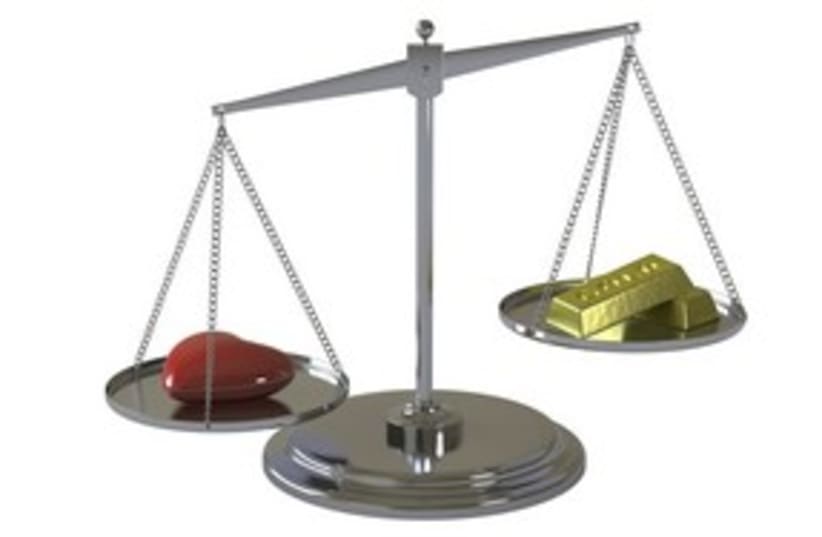This article was first published at www.newswise.com
Study Posits a Theory of Moral Behavior
Researchers say theory may help explain ethical lapses that contributed to the economic recession.

This article was first published at www.newswise.com